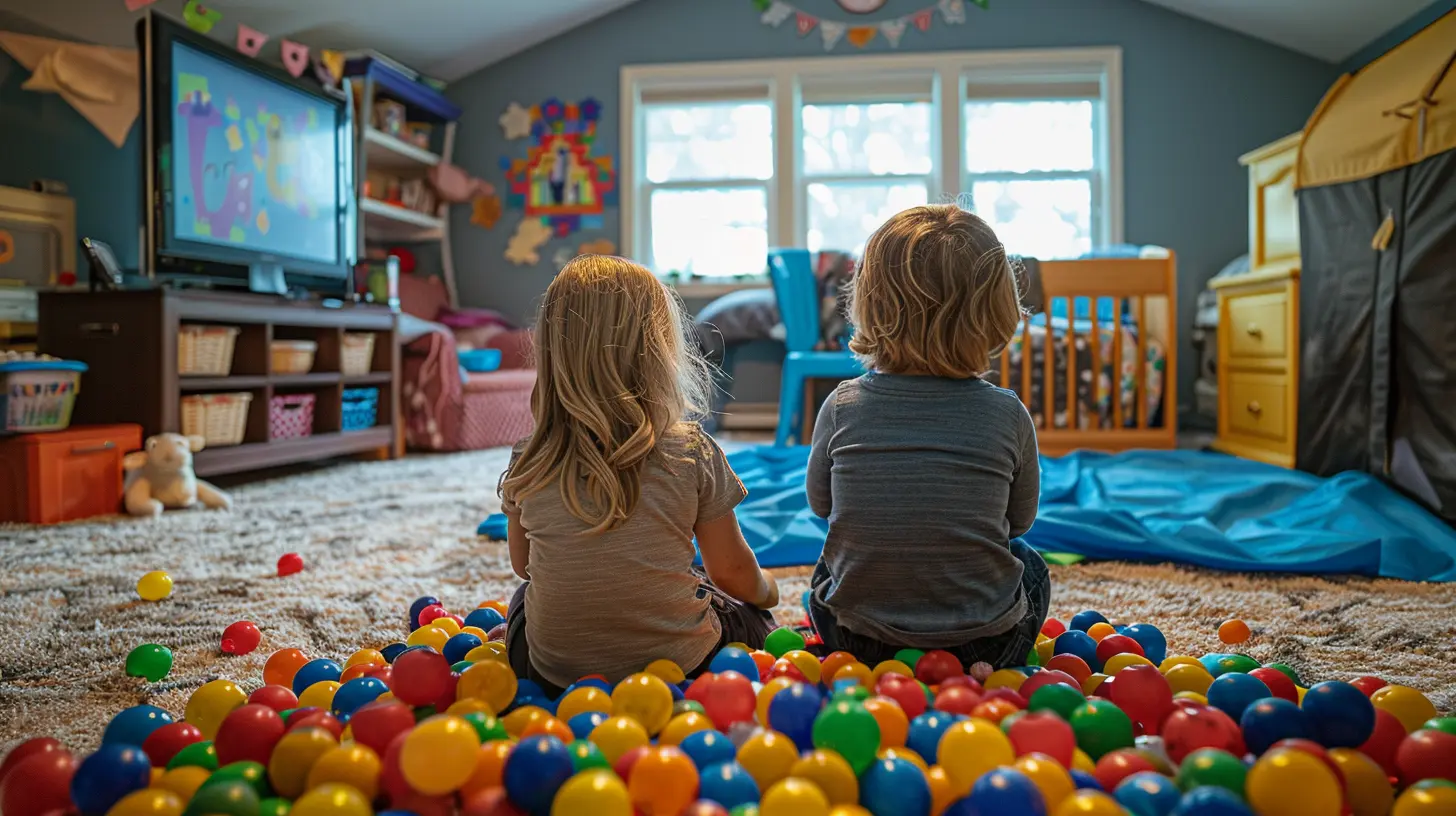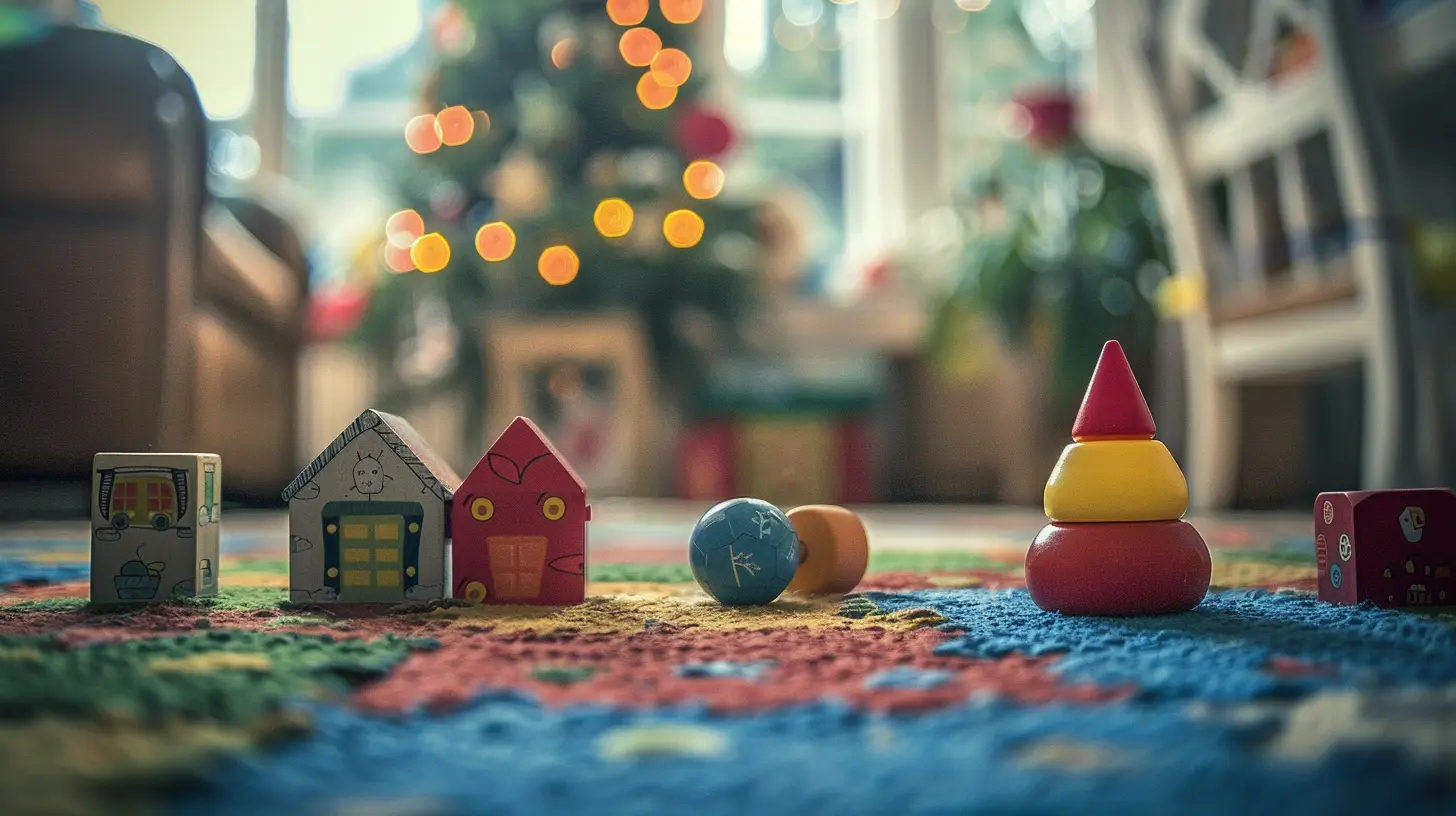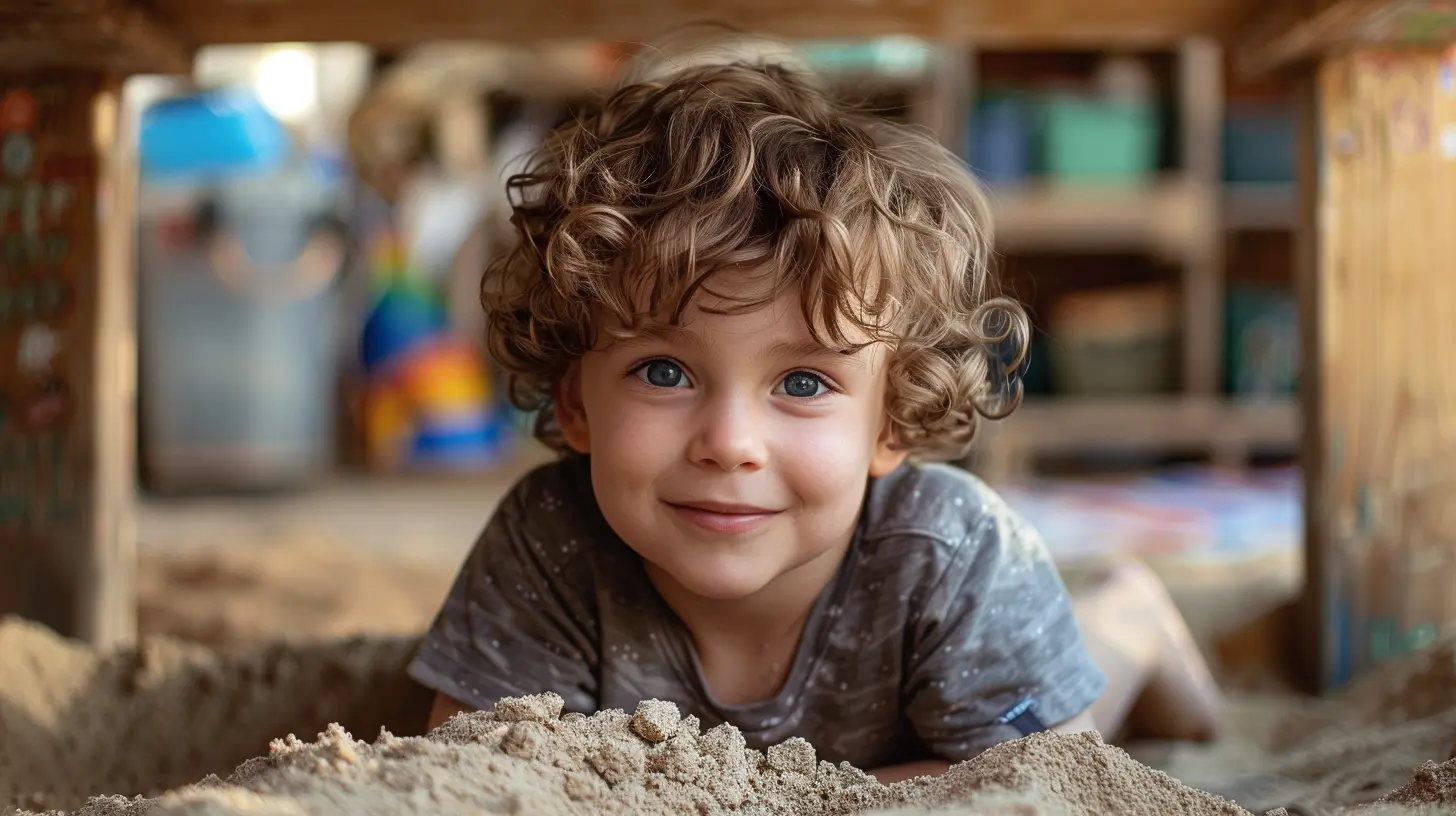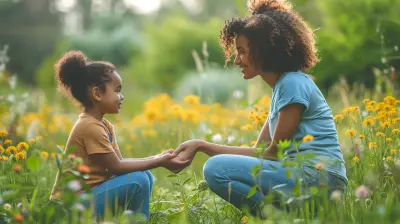Play-Based Learning Ideas for Stay-at-Home Moms
19 November 2025
Ever feel like your little one’s overflowing energy could power your entire house? Between the spilled juice, endless questions, and spontaneous dance parties, it might seem impossible to squeeze in any meaningful learning. But what if I told you that some of the best learning happens while your child is simply playing?
Yes—you read that right! Welcome to the magical, messy, and downright fun world of play-based learning. As a stay-at-home mom, you already wear a thousand hats. Adding “teacher” might sound overwhelming, but what if it didn’t have to be? What if playtime itself could be your secret weapon?
Let’s dive into the world of play-based learning ideas specially curated for stay-at-home moms who want to spark curiosity and nurture growing minds—without the stress.
What Is Play-Based Learning, Anyway?
Imagine blending the joy of childhood with sneaky little life lessons—puzzles that sharpen logic, pretend tea parties that build vocabulary, and LEGO castles that quietly teach patience.Play-based learning combines fun with purpose. It’s a hands-on, minds-on approach where children explore, experiment, and engage with the world around them. They’re not memorizing facts—they’re discovering them. It’s like hiding veggies in mac and cheese—educational value tucked right into play.
The best part? Young kids learn best through play. It helps them develop critical thinking, problem-solving skills, social abilities, emotional regulation, and even fine motor skills. And you, mom, are the perfect guide in this journey.
Why Stay-at-Home Moms Hold the Magic Wand
Before we jump into ideas, let’s acknowledge something powerful: You have a front-row seat to your child’s learning journey. That’s HUGE.You know their quirks, moods, and the exact time they transition from giggles to meltdowns. This insider knowledge means you can tailor activities perfectly to their curiosity and temperament—and do it all without a classroom or curriculum.
And here’s the kicker—you don’t need expensive toys or Pinterest-perfect setups. You just need a bit of creativity, time, and a willingness to get your hands a little messy.
Now buckle in. This is where the magic begins.
1. The Power of Pretend Play
Few things are more delightful than hearing your child say, “Let’s pretend!” That’s your signal that learning is about to go full throttle.🧙 Storytelling Adventures
Grab a couple of stuffed animals, a blanket fort, and start a story. Let your child take the lead. One minute you’re rescuing a unicorn from a lava-filled volcano; the next you’re detectives solving the mystery of the missing cookie.Pretend play builds language, narrative skills, and self-expression. It also gives them room to process emotions and make sense of their world.
🛒 Set Up a Mini Supermarket
Use empty cereal boxes, toy money, and maybe even a real shopping bag. Your child becomes the shopper or cashier—practicing math, social phrases, and what “two-for-one” means.
2. Messy Play, Mighty Learning
Yes, it’s chaotic. Yes, you’ll need wet wipes. But 100% yes—it’s worth it.🎨 Finger Painting with a Twist
Let them use their fingers, sponges, or even toy cars to paint. Ask them to mix colors, create shapes, or tell a story with their painting.Bonus: This helps with sensory development and hand-eye coordination. Plus, it’s oddly therapeutic for moms too.
🌾 Sensory Bins
Rice, beans, cereal, or even cooked pasta—throw it in a bin with measuring cups, spoons, tiny toys, and voila! A sensory adventure.Let them dig, pour, sort, and sift. This kind of play improves focus and introduces early math concepts.
3. Nature Is the Best Playground
Bored of being indoors? Mother Nature’s got your back.🪺 Nature Treasure Hunt
Create a simple checklist: a yellow leaf, a round stone, two acorns. Take a walk around your yard or nearby park and go ‘treasure hunting.’It promotes observation skills, categorization, and appreciation of the environment.
🧱 Build Nature Art
Collect twigs, flowers, leaves, and stones. Arrange them into fun patterns, faces, or fairy houses. Snap a photo before the wind takes it away.4. Mini Scientists at Work
Kids are naturally curious. Why is the sky blue? What happens if I mix ketchup and soap? Instead of brushing off those questions, turn them into experiments.🧪 Kitchen Science
Baking soda and vinegar? Still a hit. Add food coloring, glitter, or dish soap for an extra ‘wow’ factor. Let them hypothesize what’ll happen before the fizz begins.🌈 Rainbow Walking Water
All you need: cups, colored water, and paper towels. Set them up in alternating colors and watch the magic as the colors “walk” and mix.These experiments teach cause and effect, and kids learn how to ask questions, make predictions, and draw conclusions.
5. Building Blocks of Learning
Whether it’s wooden blocks or LEGOs, building play is packed with educational goodness.🏗️ Construction Site
Challenge your child to build a tower taller than themselves using pillows or plastic containers. Add story elements like, “This tower must hold the queen’s cat!”It builds spatial awareness, planning, and even early engineering skills.
🎯 Knock It Down Game
Stack blocks and use a soft ball or bean bag to knock them over. Count the blocks that fall, sort them by color, or rebuild in a new pattern.Simple? Yep. Effective? Absolutely.
6. Music, Movement, and Madness
Movement-based learning doesn’t just burn off energy; it wires the brain for learning too.💃 Freeze Dance
Crank up their favorite tunes and have a dance party. Randomly yell “FREEZE!” and strike funny poses.This builds listening skills, body awareness, and control.
🥁 DIY Instruments
Use pots, spoons, rice-filled water bottles, or rubber bands over tissue boxes. Create your own band and make “songs” together.Music strengthens memory, rhythm, and sequencing. Plus, it can be a great emotional outlet.
7. Real-Life Role Play
Let your child mimic your everyday tasks. It might feel like play to them, but it’s secretly grounding them in real-world skills.🍳 Little Chef Time
Have them “help” you cook—stirring batter, counting ingredients, or even washing veggies. Talk through what you’re doing: “Now I’m cracking eggs—how many do we need?”This is math, science, and life skills rolled into one.
🧺 Laundry Sorters
Turn laundry into a sorting game. “Can you find all the socks?” or “Let’s group shirts by color!”It’s play-based learning in disguise. And guess what? You’re also getting chores done. Double win.
8. Books Come to Life
Reading is HUGE, but you can take it a step further by turning stories into activities.📖 Book-Themed Play
Read “The Very Hungry Caterpillar”? Make a fruit snack and munch along with the story. Got “Going on a Bear Hunt”? Create your obstacle course using pillows and blankets.This deepens comprehension and makes literature come alive.
9. Play-Based Learning in Routines
Not every moment has to be a grand activity. Embed learning into everyday routines.- While brushing teeth, count how long you’ve been brushing.
- Sort groceries by size or color when unloading.
- Sing number songs while tidying up toys.
These "on-the-go" lessons are small but mighty. It keeps your child in a learning mindset even during routine tasks.
Tips to Keep It Real (and Stay Sane)
Let’s be honest. Not every day is rainbows and unicorns. Sometimes, just getting through the day is an achievement. That’s okay.Here are some pro-mom tips to keep things enjoyable:
- Follow their lead. If they’re not feeling a puzzle game, don’t force it.
- Less is more. One great activity is better than five rushed ones.
- Be present, not perfect. Your attention matters more than a perfect outcome.
- Rotate toys. Hide some away and bring them back later—it’s like Christmas morning.
Embrace the Chaos and Keep It Fun
Play-based learning isn’t about perfection or performance. It’s about connecting, creating, and celebrating the everyday magic of childhood.So next time your toddler dumps out the puzzle pieces or starts talking to the toaster like it's a spaceship—lean in. That might just be the beginning of a beautiful learning journey.
You’ve got this, mama. And remember, learning doesn’t start in a classroom. Sometimes, it starts on the living room floor with a talking sock puppet named Mr. Pickles.
all images in this post were generated using AI tools
Category:
Stay At Home MomsAuthor:

Austin Wilcox

